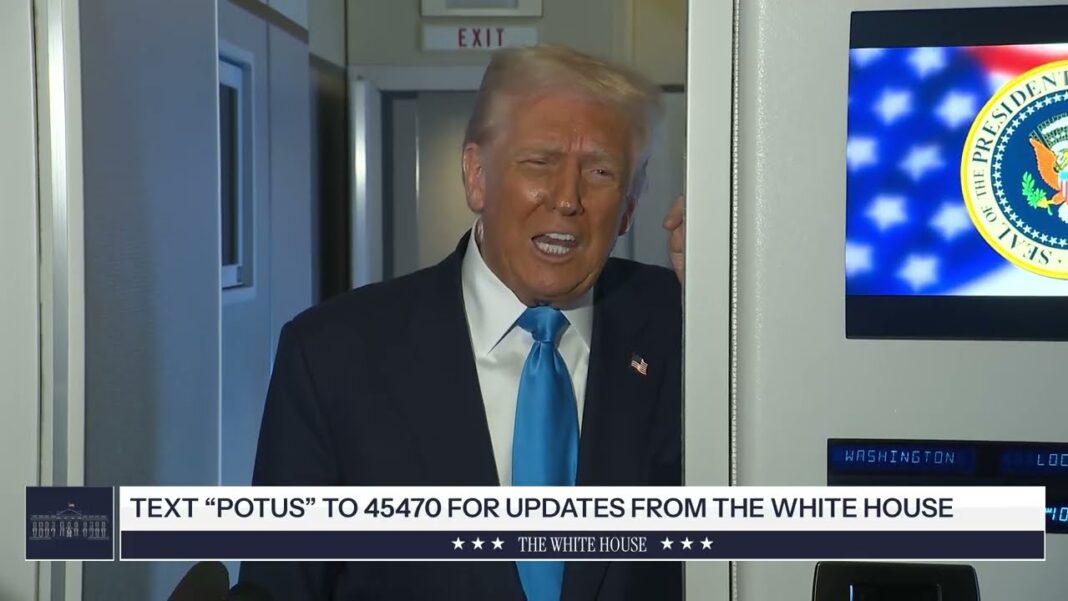The test is the second time Moscow has tried out part of its nuclear arsenal this month, following the testing of Burevestnik cruise missile on Oct. 21.
Russia successfully tested a Poseidon nuclear-powered and nuclear-capable super torpedo, Russian President Vladimir Putin said on Oct. 29.
Some military analysts say the weapon is capable of devastating coastal regions by triggering enormous radioactive ocean swells.
Putin said the test took place on Oct. 28, while he was visiting a Moscow hospital treating soldiers wounded in the Ukraine war.
“Yesterday we conducted one more test of another promising system, the Poseidon unmanned underwater vehicle, also with a nuclear power plant,” he said, describing the test as “a tremendous success,” according to Russian state media agency TASS.
“For the first time, we managed not only to launch it from a submarine using its booster motor, but also to turn on the nuclear power plant, which powered the vehicle for a certain period of time,” he said, “there’s nothing like it in the world, its rivals are unlikely to appear anytime soon and there are no existing interception methods.”
He further stated that Poseidon’s power exceeded that of even the Sarmat intercontinental-range missile, which is known as SS-X-29, or Satan II.
The weapon, known to NATO as Status-6 or Kanyon, is essentially a massive, nuclear-powered torpedo, measuring approximately 65.6 feet in length and 5.2 feet to 6.5 feet in diameter, with a weight of about 100 tons.
Much larger than conventional torpedoes, it is effectively a hybrid of a torpedo and an autonomous underwater drone, equipped with a compact nuclear reactor that gives it an estimated range of roughly 6,200 miles.
It can rest on the ocean for weeks, or even months, before being activated to attack coastal cities or naval facilities. With a top speed estimated at between 50 knots and 100 knots (57 mph to 115 mph), it may be significantly faster than conventional submarines or torpedoes. And its ability to operate at depths greater than 3,000 feet makes it very difficult to detect with standard sonar systems.
Estimates suggest that it is capable of carrying a nuclear warhead with a yield of 2 megatons to 100 megatons, although recent analyses lean toward the lower end, about 2 megatons. This gives it a payload more than 100 times more powerful than the Hiroshima bomb’s 15 kilotons.
By Guy Birchall







